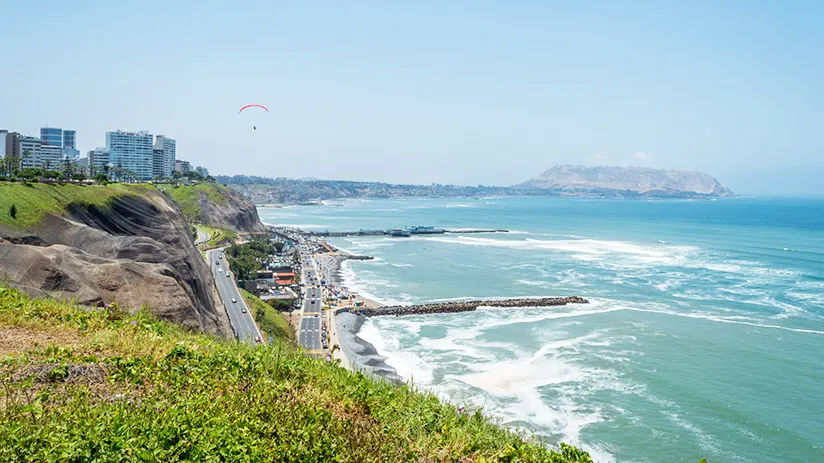There is no doubt that Peru is a country that has it all; history, culture, traditions, amazing activities to discover, and awesome gastronomy. Its climate is known as the climate synthesis of the world due to its three well-differenced regions: Coast, Sierra, and Jungle.
Even its wonderful archaeological sites attract people worldwide because the vestiges left by the wonderful Inca culture are a mystery to this day! So Join us together with the Machu Travel Peru team to delve into the answer, Where is Peru? And knowing more important facts about this fascinating country.
All you need to know about where is Peru
- Location
- Geography
- Population
- Language
- Weather
- Government
- Tourism
- Economy
- Money Exchange
- Facts about Peru
Location
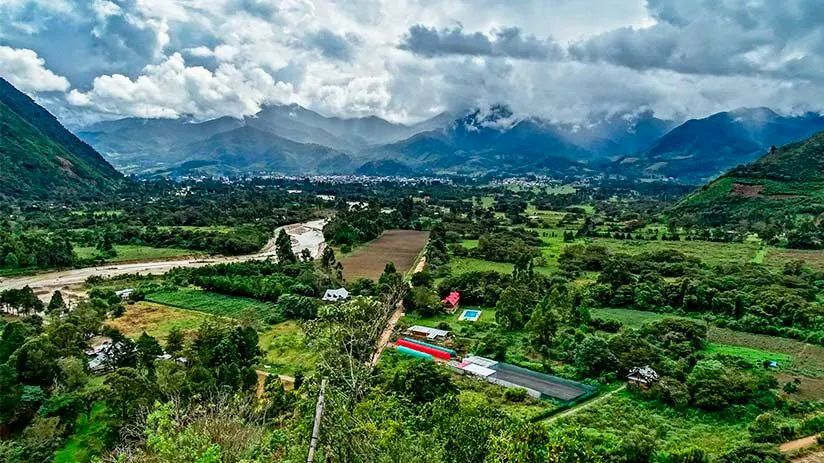
First, Where is Peru? It is located in the west-central of South America. It has Ecuador in the north. Chile and Bolivia in the south. Brazil in the east and the Pacific Ocean on the opposite. It has 3 well-delimited regions, Coast, Highlands, and Jungle with around 1.2 million square kilometers.
The Andean country has a latitude and longitude of 11.2583º S, 75.1374º W, and has shared borders across sparsely populated foreign country regions. The Pacific Ocean, in western South America, represents an inexhaustible source of marine food for the country. In addition, has a wide variety of climates, and a privileged location, as you can see.
Geography
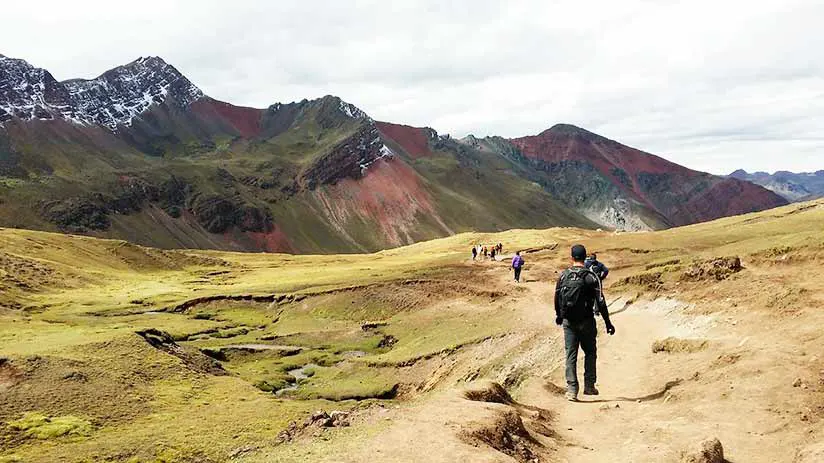
The rich geographic diversity of the country can be classifiable and divided into four regions; the sea, the coast, the Sierra, and the jungle.
Besides its sea, 200 miles into the Pacific Ocean. The western region is largely made up of the coastline. Instead, the Andes mountain range or central region is located between the coastal region and the eastern jungle. While the oriental region is recognized as the tropical forest of the country.
Peru’s backbone is the Andes, these mountain chains stretch across the entire country, from north to south. For this reason, the Andean country together with Chile, Bolivia, and Ecuador formed the Andean countries, where the great Inca Empire extended much of its territory from the 15th century until the arrival of the Spanish conquistadors in 1532. However, another geographic attraction equally important to the Andes is the Peruvian coast. It is extended by more than 2,000 miles next to the Pacific Ocean. From Chile in the south to Ecuador in the north.
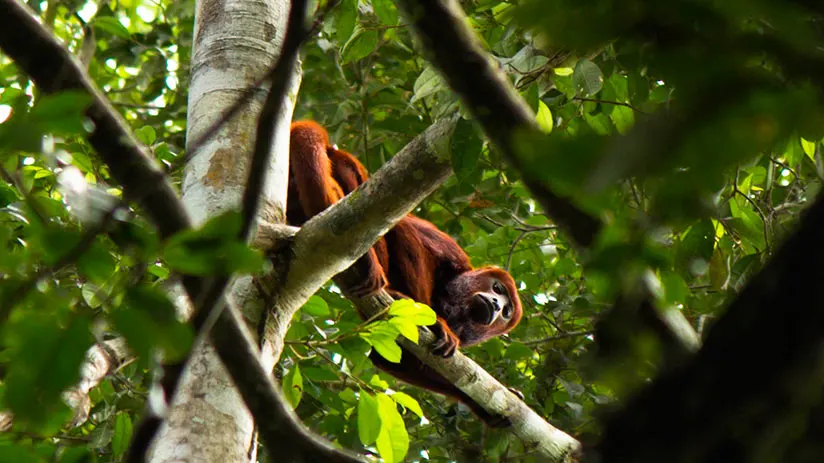
Without mentioning it’s jungle and its amazing biodiversity with more than 4000 mammal species, 5000 reptile species, 7000 species of reptiles, 9000 bird species, and 250,000 plant species. Besides, the Amazon in Peru, another name that receives its jungle is the host of recognized natural parks and reserves like Manu, Tambopata, Pacaya-Samiria, and Bahuaja-Sonene.
Therefore, It is the third-largest country in South America, just after Argentina and Brazil. Definity, the Andean country has a varied topography that presents great biodiversity. For all these reasons, the country boasts a uniquely eclectic mix of different geographic features.
1. The coast
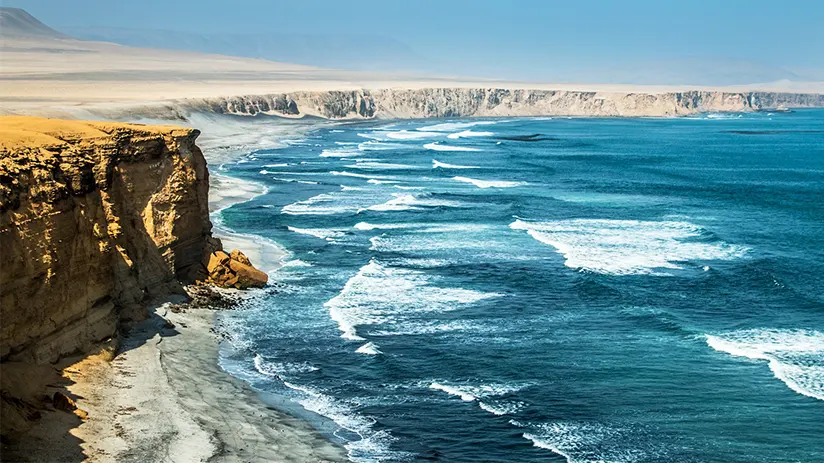
The length of the Peruvian coast is approximately 2,250 kilometers, and it is composed, as its name mentions, of the great coastline. This only represents 11% of the country’s area. Despite this, most of its cities are located there. But, Why? The climate on the coast has the answer, warm almost all year and absent rain.
2. The Andes
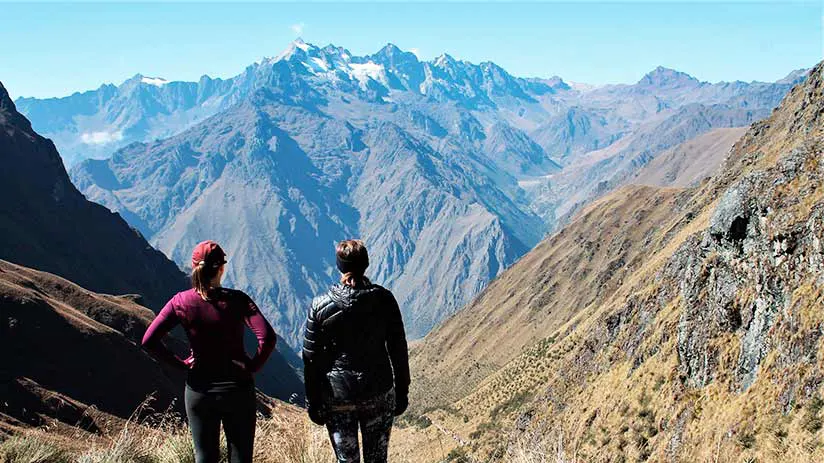
The Andes cross the country from the north to the south, being interrupted by valleys and beautiful landscapes. On the other hand, a great variety of rivers are born from their slopes and cross the valleys to flow into the Peruvian Jungle or the Pacific Ocean.
One of the central mountains of the Western Cordillera is the Sierra Blanca, also called “Cordillera Blanca”. Besides, the highest mountain in the country is located there, called “Huascaran”. This has a height of 6,768 meters above sea level. Despite this snowy, there are other beautiful mountains like the beautiful “Alpamayo”. All of them are covered with snow and ice. Further north in the Andes, the mountains reach much lower heights. There are numerous swamps, typical of the Andes Mountains.
In the south, the Andes widen and form natural wonders like the Ubinas volcano, which is still quite active. This is because the mountains flatten out and form the plateau known as the Altiplano, which extends from Lake Titicaca in the extreme south of Bolivia. Puno is one of the Andean major cities, along with Cusco and Arequipa.
3. The Jungle
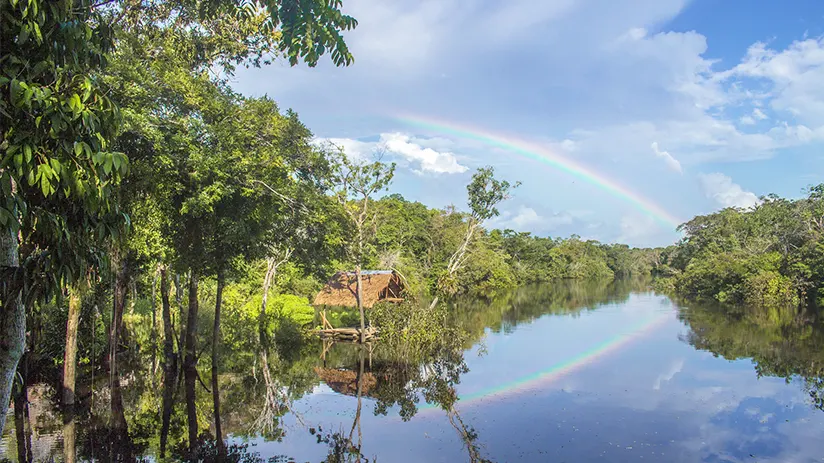
On the eastern slopes of the Andes, you can see how the mountain landscapes merge into the tropical mountain forest or cloud forest. Then this becomes the rainforest in the lowlands. With a great variety of ecosystems ranging from lakes, rivers, and swamps among others. The forests are so dense that rivers are often the only visible arteries in the Amazon region because the Peruvian Jungle comprises almost 60% of the entire national territory.
Many of the rivers originate in the Andes, and these flow into the Amazon or the Pacific Ocean. The headwaters of the Amazon include the Mantaro River, the Ene River which in turn becomes the Ucayali River, and the Apurímac River. Together with the Marañón River, flows to form the famous Amazon River.
Therefore, to decipher what is Peru, we recommend putting this place on your list of the best things to do in Peru.
Population
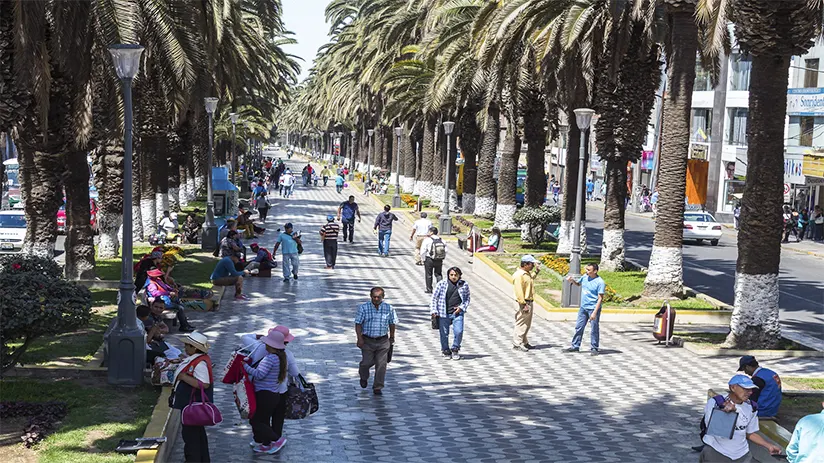
Otherwise, in terms of population, the country has about 33 million inhabitants, and approximately 75% of them live in urban areas on the coast, the natural region that represents only 10% of the national territory. For this reason, the coast’s arid areas concentrate the majority of the Peruvian population, instead of settling in larger and more diverse areas such as the mountains and the jungle. And proof of this is Lima, the capital and largest city that hosts around 11 million people.
Precisely, different jungle regions and other mountains host the rest of the 25% dispersed population. Despite these facts, Peru is in fourth place in population in front of other South American countries, just behind Colombia.
Language
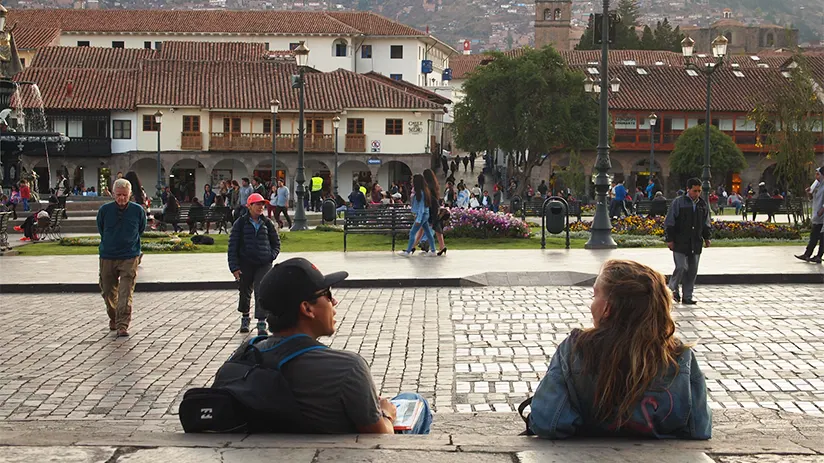
Although over 80% of the population speaks Spanish, there are two other official languages, Quechua and Aymara, mostly spoken in the south of the country. Once you head into the jungle regions, you can listen to speak 13 languages more!
The Peruvians of the 80s generation have a good level of English education in their schools and universities. Therefore, feel free to ask in English everywhere! Of course, knowing some Spanish phrases like “Gracias” (thank you), “Por favor” (please), and “Disculpe” (excuse me) will help you out in the rural areas where the Quechua (ancestral Inca language) predominates over the Spanish language.
Weather
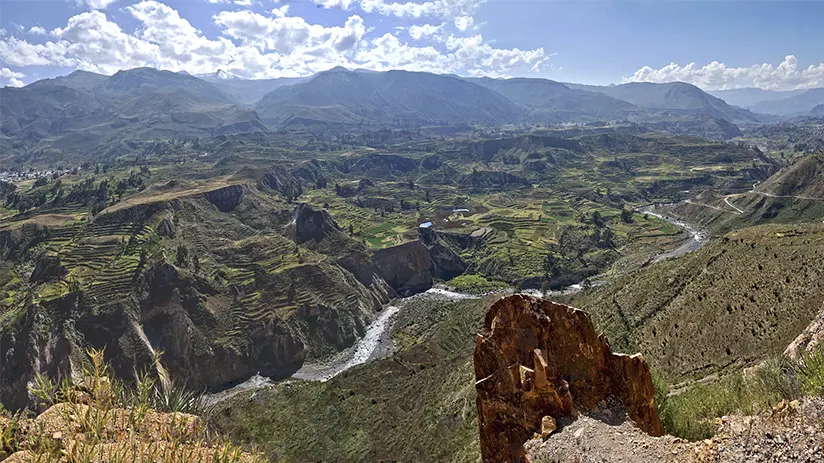
The three main regions of Peru also differ in their climate. Therefore, the Peruvian climate is so diverse that you can find the weather of any part of Latin America and the world in a certain area of the country. That is why the Andean country receives the qualification of Climate Synthesis of the world because have 83 of 103 kinds of weather around the world.
For example, the coast has a fairly dry climate, characterized by many deserts and absent rain. So you can find gets quite hot during the day (reaching 83ºF) The nights also are warm (about 59ºF)
Instead, in the Andes region, you can appreciate a cool climate during the day, with strong sun rays and cold breezes. At night, the temperature usually goes down abruptly. Snow covers the highest peaks throughout the year, at an altitude of 4300 meters. The average temperature is about 52ºF. Of course, this snow has been disappearing in the last 50 years because of global warming. Therefore, the best time to visit Peru will depend on your preferences. Note that during the rainy season, from December to March, there is usually a lot of rain and present natural hazards like landslides and muddy roads. Therefore, it is preferable to visit the Sierra (Machu Picchu) in the dry season, from April to November.
You might be interested in: When is the best time to visit Peru?
On the other hand, the Rainforest region (Peruvian Amazon) is located in the east of the country. The average temperature throughout the year reaches about 79ºF in the jungle. The variations in temperature in a single day can be greater than the fluctuations that occur in a year.
Government
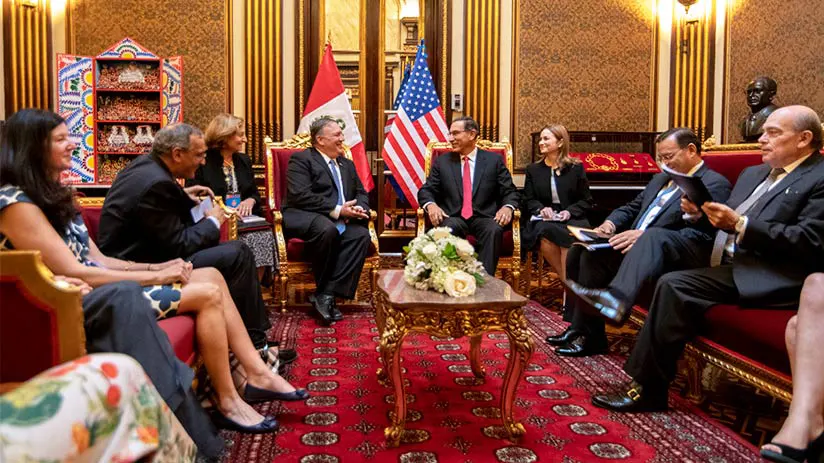
The Republic of Peru is a form of government in which the position of head of state is not assumed by a monarch, nor by someone from the oligarchy, or the aristocracy. But a natural person chosen every five years in popular elections; the president of the republic.
Liwe, the country is a democracy, in other words, three institutions concentrate the powers of government; the executive power (Presidency of the Republic and Cabinet of Ministers), the legislative power (Congress of the Republic), and the judicial power (justice)
Tourism
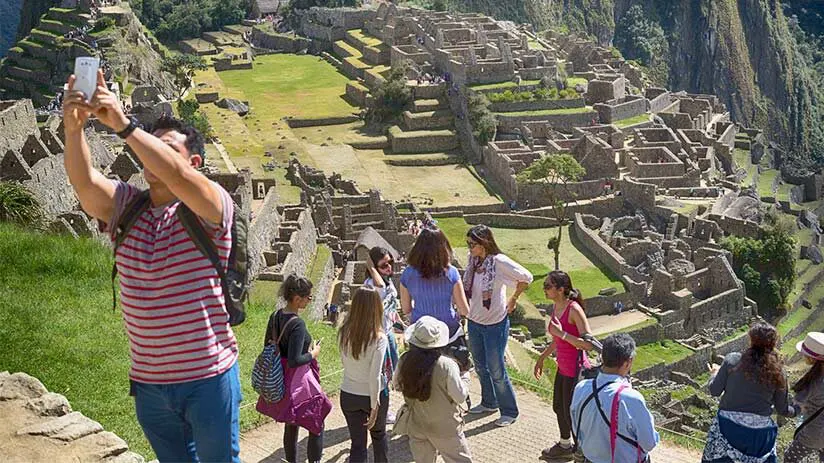
In general, those who want to know where is Peru, do so to visit Machu Picchu. One of the main archaeological sites of the Andean country. There is no doubt that the country is a tourist destination par excellence. But a growing number of visitors also travel to the country for many other reasons. From its award-winning gastronomy to its renowned Alpaca textile industry.
Also, the Andean country is one of the busiest and most visited countries, so it is not surprising that tourism in Peru has grown so much.You might be interested in: Tourism in Peru for travelers
A. Arriving and traveling around Peru
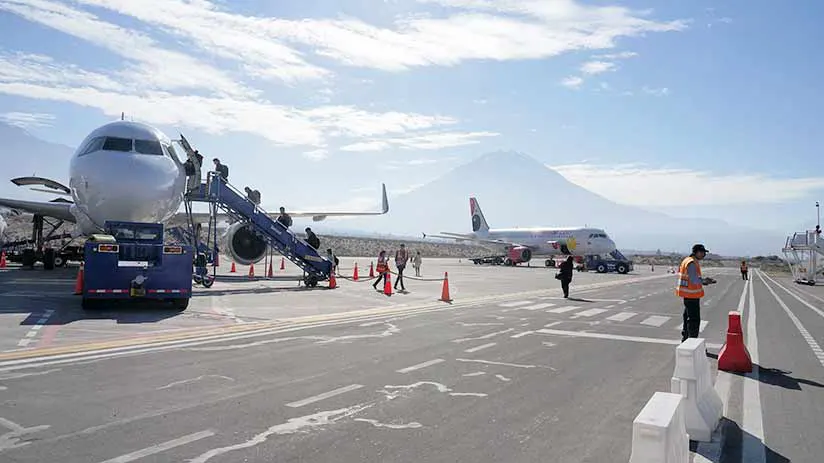
For a large majority of foreign tourists, Lima’s Jorge Chávez Airport is the main entry point to the Andean country. It is due to be the hub for all domestic flight connections. This does not mean that there are no direct flights between cities that are not Lima, but it is cheaper to have at least one stopover in the capital, although this means more flight time. For this reason, commercial flights are the most popular way of transportation to move inside the country (recalls the rugged geography of the Andean country) Usually a flight lasts 01 hour and 45 minutes, and costs around $80 to $90, one way.
As for the second place, the bus is a very popular option for moving through its territory and is cheaper than flights. The bus trip lasts around 25 hours (due to the long extension of Peruvian territory) and a bus ticket costs around $35 to $40, one way, per person.
B. The hospitality of Peruvian
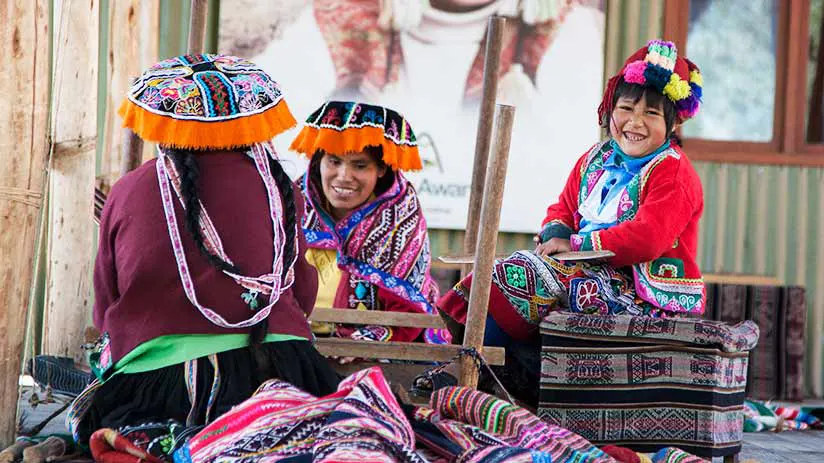
Before knowing the location of the Andean country, will be helpful for you to learn about the idiosyncrasies of the Peruvian people. They carry ancient traditions and costumes, most of which are a heritage from the Inca Culture. Values like solidarity, empathy, and teamwork are their principal characteristics. For this reason, do not hesitate to ask someone on the streets if you don’t know about any address because they will gladly assist you.
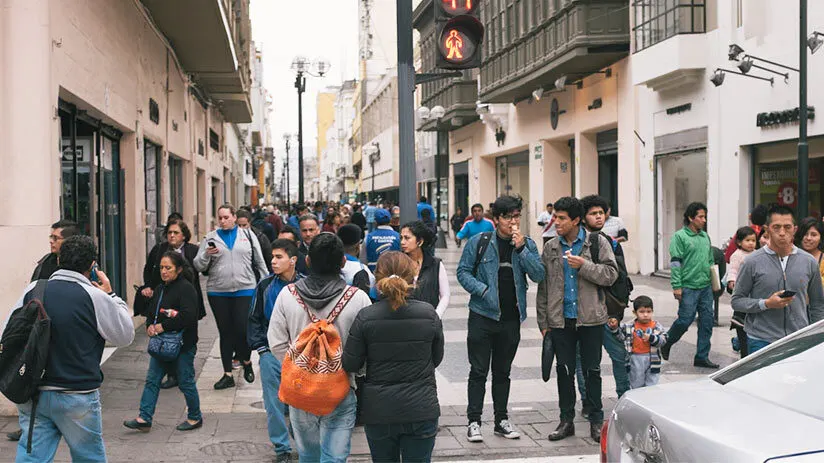
However, all is not rosy either, regarding commerce, you have to know some tricks at the time of buying. For example, if you are about to buy some handicrafts, you have to haggle over the price, this fact is very common in the Peruvian markets. If a handicraft costs $15, always ask if the price can drop a couple of dollars, in this way, you will get a souvenir for a lower price.
Another important fact is arranging the service of legal businesses. But, what does this mean? 70% of small businesses are illegal, and you can fall into a scam if you buy from them. Therefore, take your time when you are looking for a handicraft store, a hotel, or even a travel agency to help in your purpose of making a perfect trip in the Andean country.
Economy
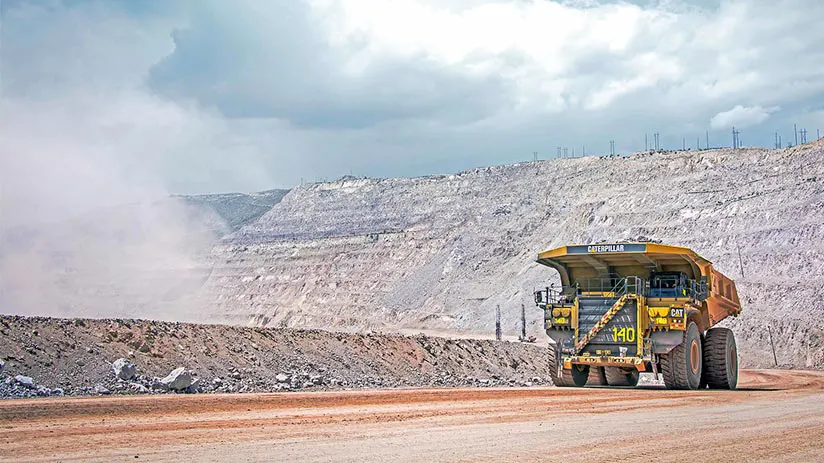
The country can be considered rich because its main activity is mining, with the extraction of copper, gold, and silver. Also, it is the second-largest copper exporter in the world. In addition, its natural gas energy reserves are the largest in South America.
The agricultural sector is second in importance, with exports of asparagus, and green grapes, among its main products. The service sector (tourism) is the third in the country, with a varied hotel offer and unique tourist attractions worldwide. For all these reasons, Peru has great riches but is poorly distributed. Therefore, many scholars and sociologists observe greater economic development in the north and center of the country than in the southern part.
Money Exchange
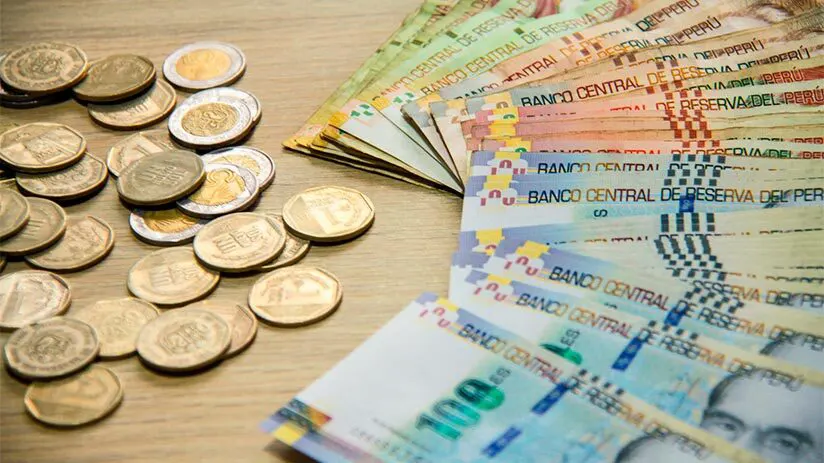
Its currency is the Nuevo Sol (New Sun) or in plural Soles (Suns) Its code is PEN and nowadays, it is the most solid coin in South America (No price devaluation) Its price in front of the American dollar is around 3.80 Nuevos Soles per 1 Dollar. Happily, the majority of establishments and businesses accept all types of credit cards, besides dollars and, of course, the local coin.
Facts about Peru
Planning a trip to Peru doesn’t have to be an odyssey with all the information shown before. However, here you will have additional information about this amazing country.
- The name of the country comes from the native Quechua language, which translates means “prosperity”.
- Potatoes originated in Peru and there are over 3000 varieties. Also, in the country regions, you will find 55 varieties of corn.
- Two-thirds of the country is covered by the Amazon rainforest, the Pacific Coast is a surfer’s paradise. The Andean country is also home to the world’s largest dune at 3860 feet and is located near Nazca.
- Without a doubt, Machu Picchu is the most popular tourist destination, and it is the main cause for which Peru is known. In the Quechua language, which is the millennial language that comes from the Incas time, Machu Picchu means Old Peak or Old Mountain, and Huayna Picchu which is the peak in front of Machu Picchu means Young Mountain or Young Peak.
- The Incas were some of the best masons in the world, the structures they built without technology need to be seen to be believed, they used a technique where the stones were cut to fit perfectly together without mortar.
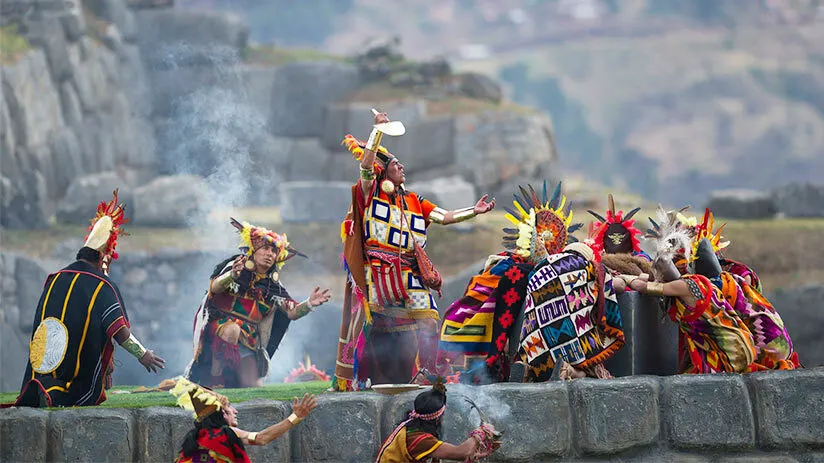
- Unfortunately, most of the Inca temples were lost when the Spanish conquered the ancient Tawantinsuyo, but Machu Picchu survived as it was hidden for centuries by a lush jungle. This makes Machu Picchu the best example of Inca architecture we can visit today.
- Machu Picchu is made up of 150 buildings featuring baths, houses, temples, and sanctuaries. The compound contains more than 100 separate flights of stairs, most made from a single piece of stone.
- Machu Picchu was thought to be an astronomical observatory, and the sacred Intihuatana stone indicated this. Twice a year, the sun sat directly over the stone, creating a shadow.
- The location of Machu Picchu is in the eastern Andes Mountains in a tropical forest. The site is 7970 feet above sea level and looks like it has been cut into the side of the same mountain.
- The Incas arrived at Machu Picchu through a great network of roads and pathways. Today, you can use some of these during your Machu Picchu tours to visit other tourist sites in Peru.
- Thought to be the first white man to see Machu Picchu, Hiram Bingham showed the site to the world in 1911, the Yale professor was looking for another famous site (the Inca lost city of Vilcabamba) when a local boy led him to the site. Some believe that he was not the first to see Machu Picchu but a German businessman who was in the citadel in 1874, it is thought that this German took many artifacts from the site, but this has never been proven.
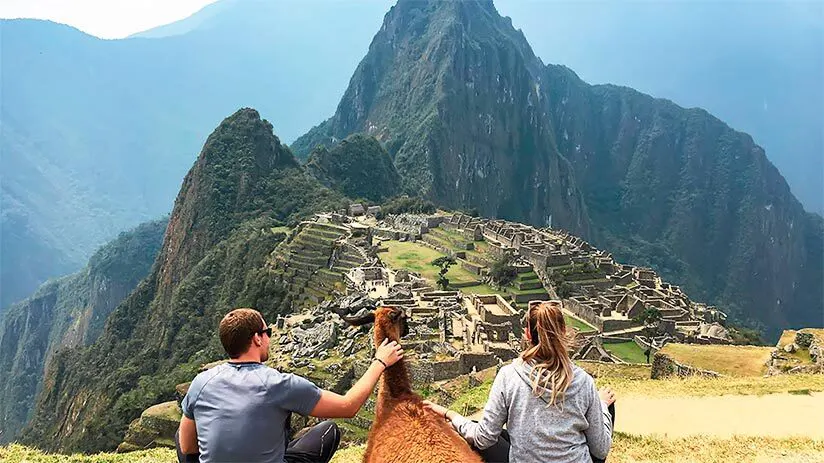
- There are many theories as to why the Inca abandoned Machu Picchu, like that there was no water and that it had to be carried from the river below, or there was an outbreak of a disease, but as there were nearly no corpses found at the site this seems unlikely. We may never know why it was abandoned from one moment to the next.
- The highlands of the Andean country have two seasons, wet and dry. Most tourists prefer the dry season to avoid muddy paths and hard rains. But the rainy season has some advantages, fewer visitors and more fresh days.
- Over recent years, the Inca country has become one of the top destinations for food. Thousands of people every year come to it for the Peruvian food experience. In large cities like Lima and Cusco, you will find many great restaurants to tantalize the taste buds. The Ceviche, Lomo Saltado, and Aji de Gallina are some of the best representatives of its cuisine.
On a tourist map, you will find all the places you will want to visit. Take the time to study the marvelous destinations you will not want to miss out on. When to travel to the Inca country? it is a great question, and it all will depend on your vacation time, the weather that you prefer, and many other factors. However, don’t stop planning your trip to this wonderful country.
“GOING TO PERU IS, WELL, IF YOU EVER HAVE AN OPPORTUNITY IN YOUR LIFE TO GO THERE, YOU SHOULD DO IT BECAUSE IT IS ABSOLUTELY MIND-BOGGLING”
Knowing where is this wonderful country is vital to start organizing your adventure. The location of our country defines many geographic and climatic characteristics. And it is precisely these characteristics that make our country so wonderful. We hope together with the Machu Travel Peru team to have been helpful. If you want to know the location of our most attractive destinations, do not hesitate to contact us. Our qualified team of consultants will be happy to help you with everything you need.
Peru has so much to offer, it can be hard to know where to start. With many years of experience in the tourism sector, Machu Travel Peru is happy to help with anything regarding your trip to Machu Picchu and any tours around it. Make your Machu Picchu experience an unforgettable one! Contact us today to plan your adventure!
